
A medical team working for your health, fitness and wellbeing
Forte Lab
The Forte Lab, with Dr. Angelo Cerina, MD at the helm, is what makes Acquaforte Thalasso & SPA different from all other spas in the world. The Forte Lab is a state-of-the-art diagnostic centre that is essential for monitoring the state of health of guests and to ensure, thanks to very fast test results, a thorough medical assessment and a totally personalized recommendation for the best non-invasive alkalizing treatments and the level of all health and fitness activities.
Diagnostic lab
The Forte Lab diagnostic laboratory is equipped with the most modern facilities, and with the help of a specialist medical team it can perform any kind of examination, providing a complete check-up in total peace of mind.
Cardiovascular check-up
Medical consultation with a specialist, with basic echocardiogram and, if necessary, during exercise, echocardiography and blood pressure measurement.
Performance test
Medical consultation with a specialist, with basic echocardiogram during exercise, full-body ultra sound, 3-D Bio-electro scan for determining the healthy function of all organs and glands, non-invasive blood tests of over 150 blood parameters, ph tests of the blood, stomach and interstitial fluids, chemistry of the blood compared to the interstitial fluids, electro-activity of the body cells, non-invasive full-body/full-spectrum thermography test to determine the healthy physiology of the body, spirometry test, basal metabolism test, monitoring during rehabilitation or sports programs, and final physical examination with assessment of results.
Body Reshape Test
Medical consultation with a specialist with body fat and water assessment, and careful examination of skin type.
Stress test
Medical consultation with a specialist with basic echocardiogram and during exercise.
Detox test
Medical consultation with a specialist with complete blood counts and white blood cell level analysis, blood glucose test, blood urea nitrogen test, liver function test, lipid profile, and abdominal and pelvic ultrasound scan.
Full-body thermography
This is a test of the physiology of the body determining areas of poor blood and lymph circulation and inflammatory areas of the body. For example, breast thermography is a digital, infrared photograph of your breast. Thermograms can increase your chances of detecting early stages of breast cancer by several years when combined with breast self-examination, doctor examination and diagnostic ultrasound.
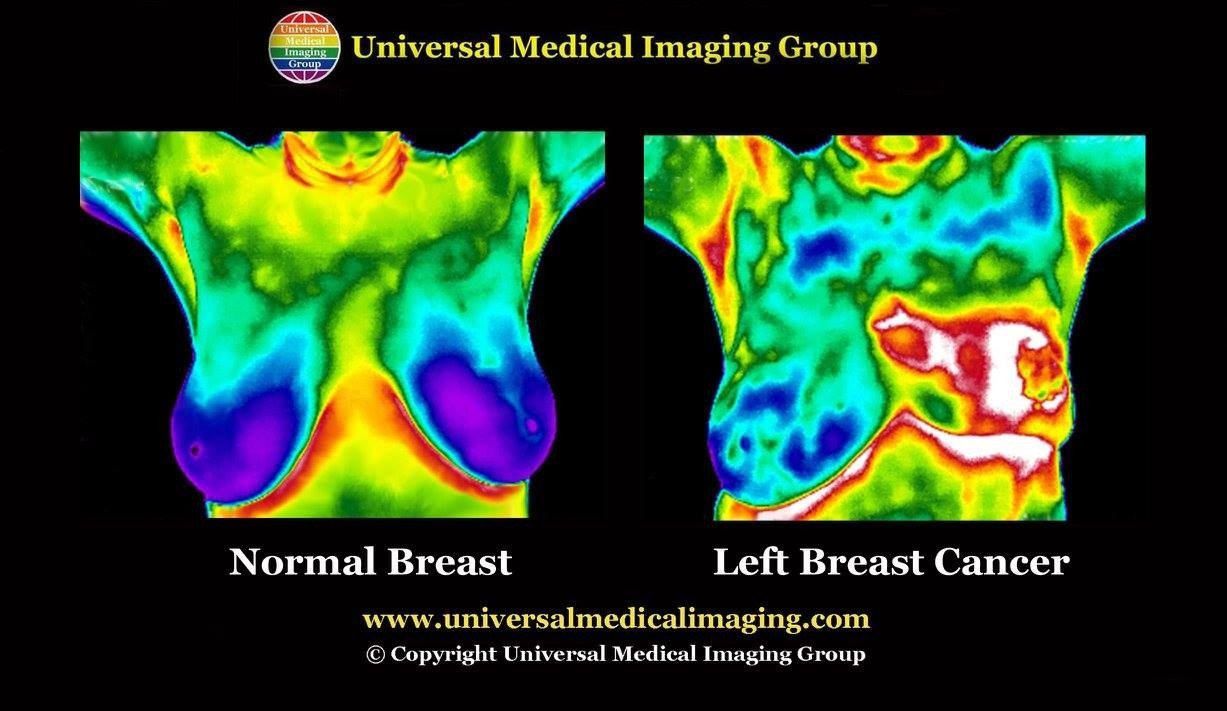
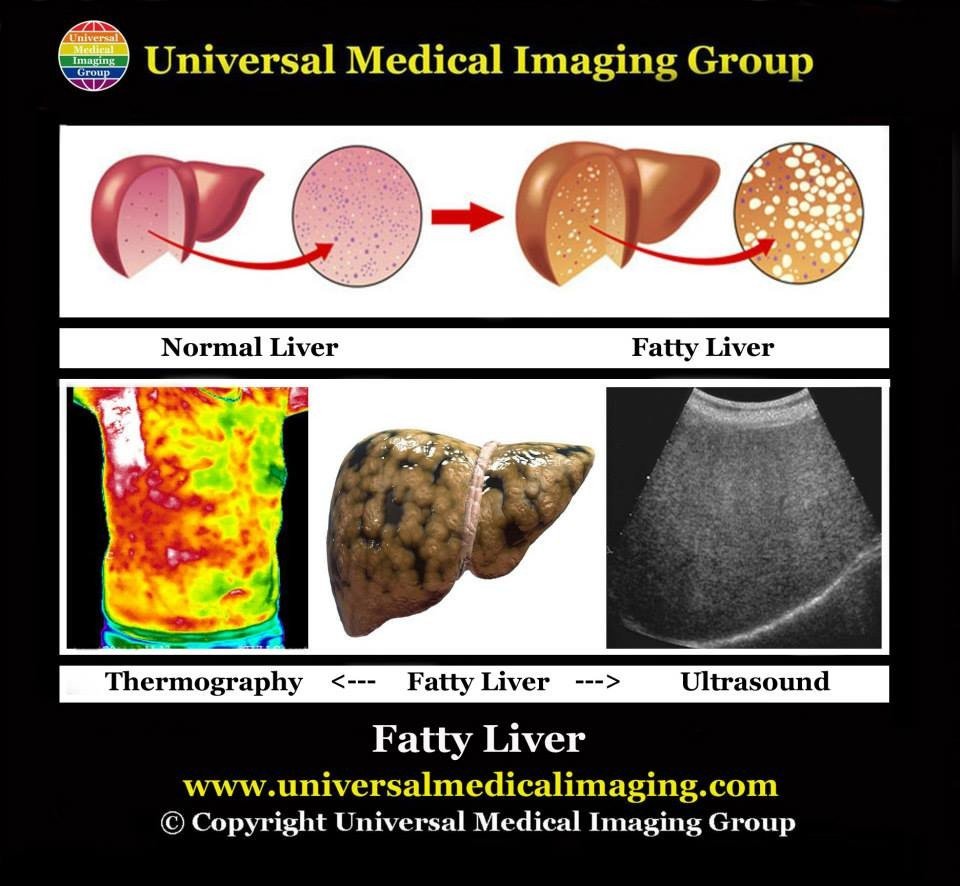
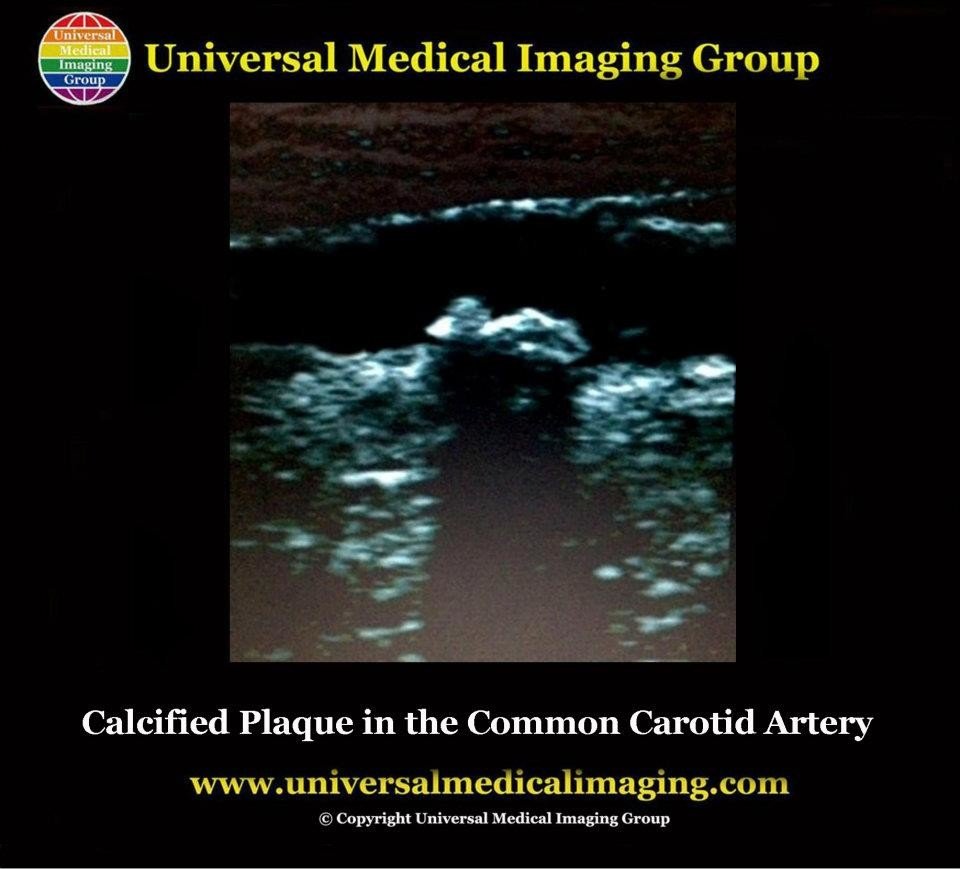
The following is a list of test that are covered with the full-body thermography scan:
• Full Cranial, Carotid, Thyroid
• Full Breast/Chest Scan and Lymph Node Activity
• Full Back (Upper and Lower)
• Stomach, Visceral, (Abdomen), Large and Small Intestines, Kidneys, Colon, Ovaries and Uterus (for woman), prostate and testicles (for man)
• Upper and Lower Extremities
Full-body ultra sound
This test is a test of anatomy to check all the major arteries for blockages such as the carotid arteries, jugular veins, aorta and femur arteries and veins to determine stroke and/or heart attack risks. This test will also check for cysts or masses in the reproductive organs, liver, gallbladder, pancreas, kidneys, thyroid, just to name a few. For example, an ultrasound of the carotid arteries allows physicians to visualize the amount of plaque lining the artery wall. The Carotid ultrasound is a painless and harmless test without radiation that uses high-frequency sound waves to create pictures of the insides of your carotid arteries.
The following is a list of test that are covered with the full-body thermography scan:
• Full Cranial, Carotid, Thyroid
• Full Breast/Chest Scan and Lymph Node Activity
• Full Back (Upper and Lower)
• Stomach, Visceral, (Abdomen), Large and Small Intestines, Kidneys, Colon, Ovaries and Uterus (for woman), prostate and testicles (for man)
• Upper and Lower Extremities
Non-invasive comprehensive and metabolic blood tests
This test covers over 150 parameters of the blood without drawing one drop of blood from an artery or vein. One of the main benefits of doing these test is to compare the chemistry and pH of the blood with the pH and the chemistry of the interstitial fluids of the body to determine a complete health picture. This test includes a metabolic panel, liver panel, hormone panel, pancreas panel, thyroid panel, chemistry panel, and blood panel, just to name a few of the comprehensive tests.
3-D Full-body bio-electro functionality tests
This test will give you information of the healthy function of all body organs, tissues and glands. It will also test the pH and minerals of the interstitial fluids of the interstitium which is the largest organ of the body. Currently the only we are the only group doing these tests in North and South America and Europe. In addition, the 3D full-body bio-electro functionality tests covers all of these areas:
• Cardiovascular System
• Respiratory System
• Digestive System
• Immune System
• Brain chemistry and Neurotransmitter balance (such as Serotonin, Dopamine and Acetylcholine levels)
• Oxygen levels (which may show if the brain or muscles are receiving enough oxygenated blood and the CO2 levels, Hydrogen, Bicarbonates for healthy cell metabolism)
• Nervous System
• Physiological and Psychiatrical Evaluation
• Neuromuscular System
• Chiropractic Evaluation
• Spine and Muscular Evaluation
• Metabolic Function
• Hormonal (Endocrine) system (including DHEA, Testosterone (for man), Thyroid, Insulin, Cortisol, Adrenal Gland Hormone balance, TSH and Thyroid function)
• Ions and Minerals Evaluation (such as Calcium, Magnesium, Potassium, Sodium, Chloride and more)
• The body interstitial pH (will show if there is a acid-alkaline balance)
• Andrology screening of the stress and psychological disorders related to the erectile disorders (ED)
• Urinary System (screening for prostate, bladder and kidneys disorders)
• Gynecology/Reproductive System (screening for stress and psychological disorders related to infertility and sterility)
• Oncology (follow up, early visualization of effectiveness and the side effects of the chemotherapy or any other treatments)
• Body Composition (including Fat Mass, Lean Mass, Muscular Mass, Intracellular and Extracellular Water, Extra Cellular Oxidative Stress Analysis)
• Weight Analysis
• Lab Test Recommendations
• Therapeutic recommendations
• Nutritional recommendations
• Herbal Therapy recommendations
• Acupuncture and acupressure treatment point recommendations
• Homeopathy treatment recommendations
Non-invasive life blood cell analysis can view the blood in a healthy or an unhealthy state using a pHase contrast compound light microscope. Below you can see the healthy state of red blood cells and the unhealthy state of red blood cells with acidi
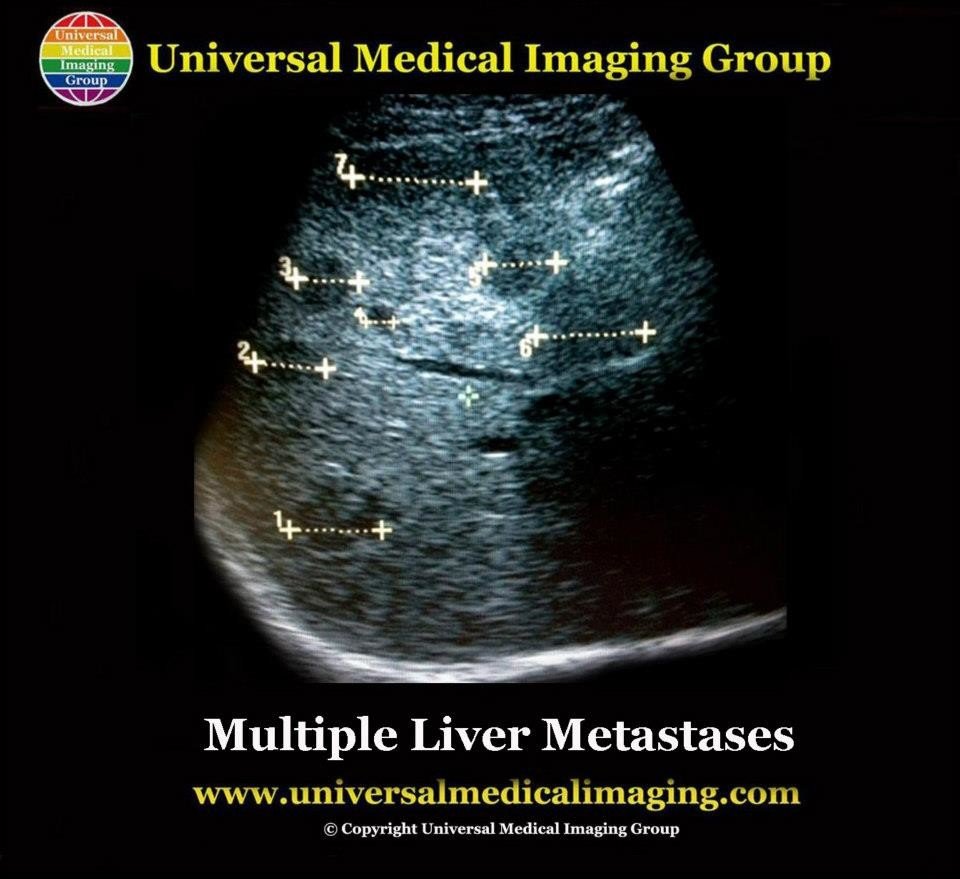

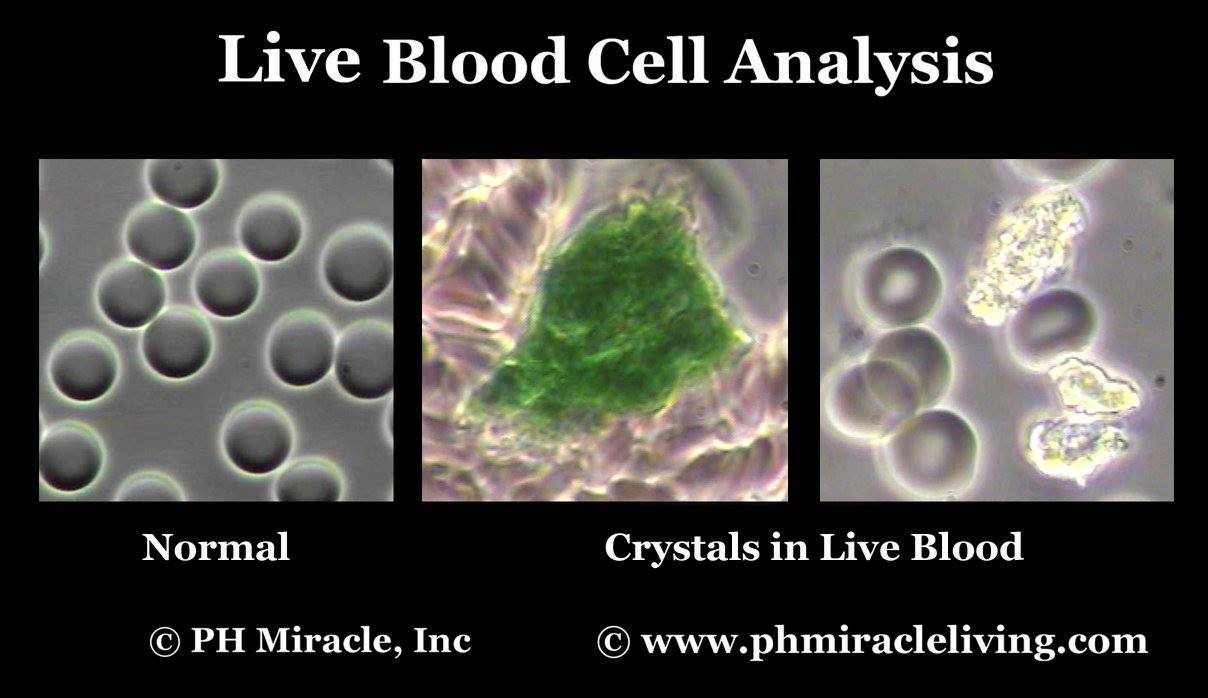
Dried blood cell analysis
Understanding Dried Blood Cell Analysis or The Bolen Test (Published in the American Association for Cancer Research Journal, June 2014)
Healthy blood samples in the dried blood cell analysis should show consistency in the intermeshed fibrin protein lines (these are the black lines visually comparable to a cobweb). The color should appear to be evenly bright red; loss of color is a representation of the level of metabolic acidosis in the interstitial fluids of the interstitium. There should be an absence of white protein pools which, when present, suggests the wasting of proteins and represents the severity of cellular disorganization that has resulted from acidity settling to the weakest aparts of the body, causing mycotoxic oxidative stress and inflammation or a more severe degenerative condition.
White protein pools observed in a dry blood sample are evaluated for Size, Clarity, Shape, and Location, each of which suggests different interpretations. Small-sized pools suggest hypersensitivities, such as allergic reactions; medium-sized pools suggest irritation/inflammation, physical/emotional stress, or physical strain; and large-sized pools suggest a disorganizing condition, degeneration, and significant imbalances. It is healthier for pools to be clear; those littered with cellular debris such as red blood cells, sialic acid crystals, and even broken tissue suggest more significant conditions. It is healthier to see round shaped pools; irregular shaped pools suggest more significant conditions.
The location of white protein pools, designated by the layer or in which of the 8 drops of blood the pattern is found, and the ring or the location within a particular drop of blood, suggests where in the body the acidity, mycotoxic oxidative stress, and inflammation is occurring.
.Colon/Bowel Stress
.Appears as dark center of sample and/or a cluster pattern of white Polymerized Protein Pools (PPPs) between 10-40 microns (small to large) as seen in the blood picture below.
Perceived to be: small and large bowel holding toxins or colon congestion, accumulation and encrustation of fecal matter, plaque, and mucus in the pockets of the nine yards of intestine and colon (can paralyze 80 – 90% of the overall immune response) leading to poor or irregular elimination and poor digestion with gas, bloating, and pain and inability to absorb nutrients; possible damage to the intestinal villas. Even if this appearance only occurs in the last few layers (drops of blood) it is indicative of digestive insufficiency. *NOTE: The bowel area is generally the first area in the body to be challenged by acid and is the first area to begin the healing process.
Contributors may or may not include: eating acidic foods, especially animal proteins and dairy products – eating too fast, too much, and not chewing food adequately. Yeast “outfection” may be a primary cause.
Symptoms may or may not include: irritable bowel, irregular elimination, constipation, digestive problems/acid reflux with gas pain or bloating, general discomfort after eating, diverticulitis, diverticulosis, diarrhea, muddled thinking (healing begins in the bowel – heal the bowel and the brain will follow); if colon is stressed, then liver is most likely stressed; may lead to “leaky gut” syndrome, which may cause apparent allergies as undigested acidic food re-enters the blood stream. Also toxins from the colon may be allowed to move back into the small intestine and be reabsorbed into the body. This weakens immunity and can cause accelerated cellular disorganization.
Abdominal Organ Stressed
.Appears as localized white Polymerized Protein Pools (PPPs) slightly off center in Rings 2-3.
Perceived to be: stress, weakness, or imbalance in the spleen, kidney, bladder, pancreas, stomach, liver, or colon.
Symptoms may or may not include: Gall bladder problems (low bile salt, gallstones/gravel, gall bladder removed); Colon problems (impaction, constipation, irregular bowel movements, hemorrhoids, soreness, fissures, bleeding); Digestive insufficiency (especially morbid residues of protein, intestinal and pancreatic problems); Stomach problems (ulcers, acid stomach, rumbling gas, and bloating)
Contributors may or may not include: liver detoxing, plugged ducts, excess animal protein; may be related to drug use.